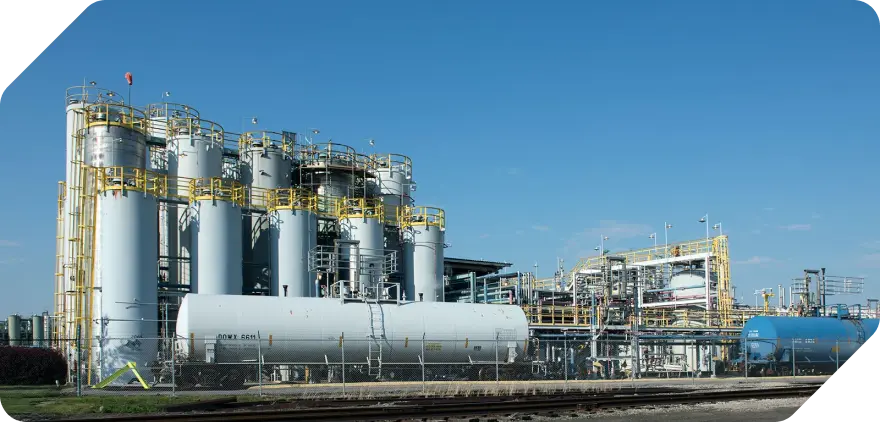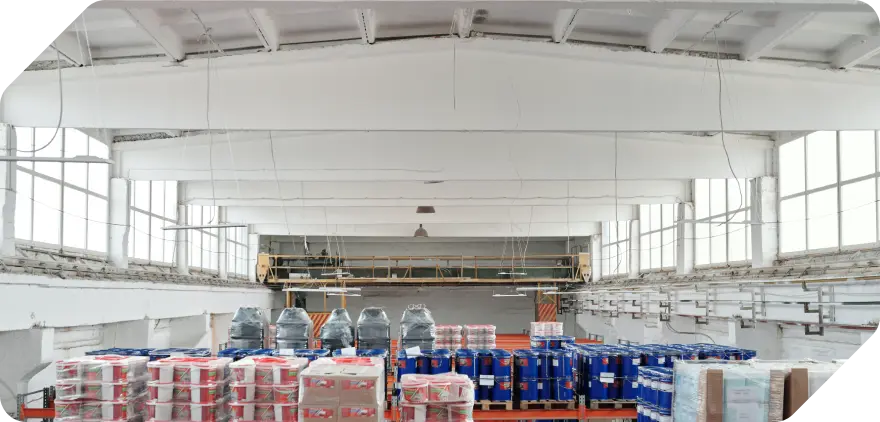Carbon accounting is an evolving field and there are increasing number of standards companies can adopt to understand their carbon footprint. In this blog, we address the questions around selecting...
Read BlogThis website uses cookies so that we can provide you with the best user experience possible. Cookie information is stored in your browser and performs functions such as recognising you when you return to our website and helping our team to understand which sections of the website you find most interesting and useful.





